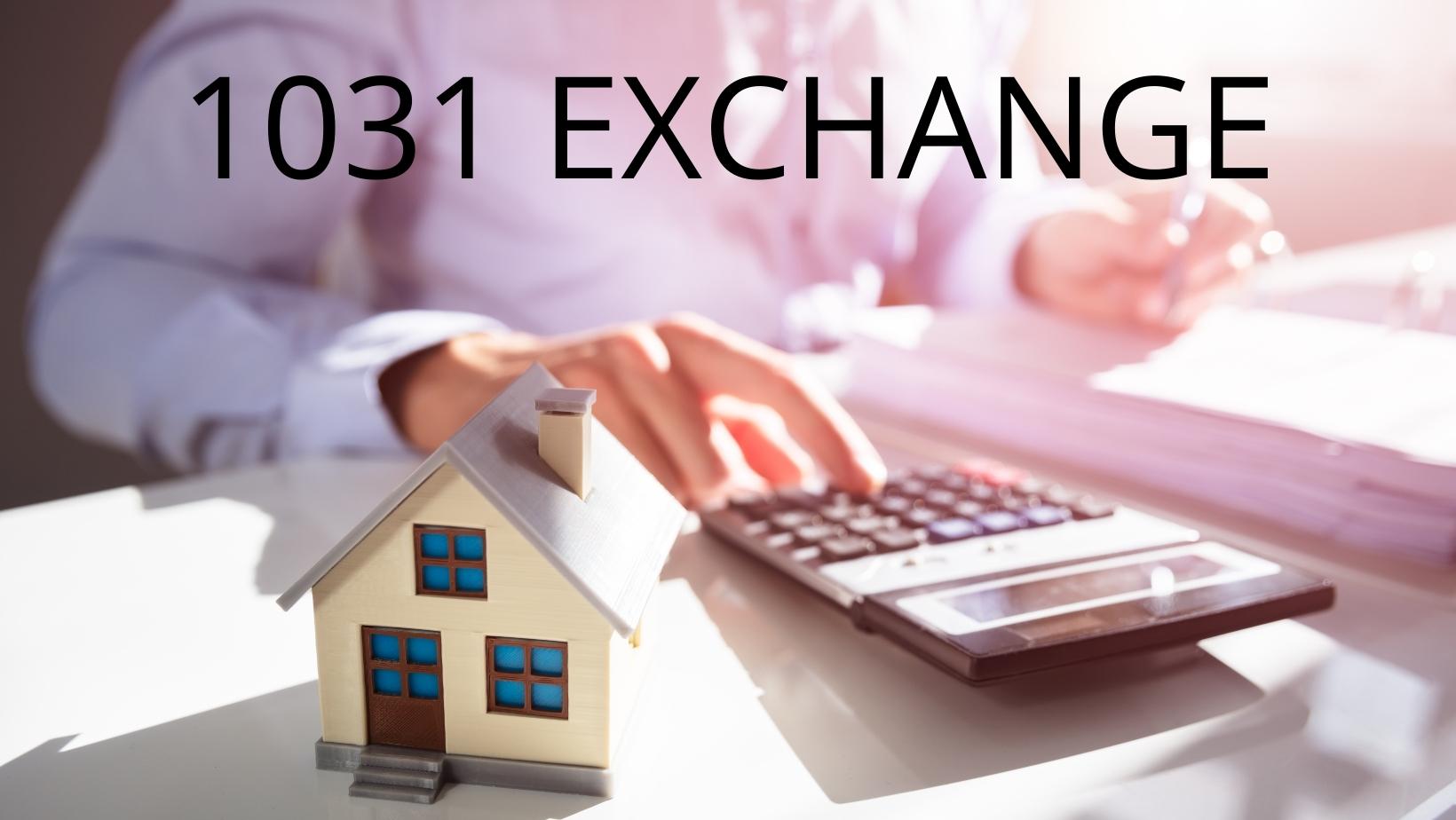Introduction
In the realm of real estate investment, understanding the complexities of tax regulations and utilizing strategies to maximize returns is paramount. One such strategy that has garnered significant attention is the 1031 exchange. In this article, we’ll delve into the intricacies of navigating 1031 exchanges in ever-evolving tax landscapes. Whether you’re a seasoned investor or just stepping into the world of real estate, this comprehensive guide will provide you with valuable insights and considerations to make the most of your investment endeavors.
- Understanding the 1031 Exchange
- What is a 1031 Exchange? A 1031 exchange, also known as a like-kind exchange, is a tax-deferred transaction that allows investors to swap one investment property for another without immediate tax liability on the capital gains. This section will detail the fundamental concept of a 1031 exchange and its benefits for investors.
- Eligibility Criteria Not all properties qualify for a 1031 exchange. This section will outline the essential criteria that an investment property must meet to be eligible for this tax-saving strategy.
- Types of 1031 Exchanges There are various types of 1031 exchanges, each with its own set of rules and nuances. We’ll explore the differences between simultaneous, delayed, reverse, and construction exchanges, providing you with a clear understanding of when to use each type.
III. Navigating Changing Tax Landscapes
- Recent Tax Reforms Tax laws are subject to change, and recent reforms have impacted how 1031 exchanges are treated. This section will highlight the key tax law changes that investors need to be aware of when considering a 1031 exchange.
- Impact on Real Estate Investors Investors must adapt to evolving tax landscapes. We’ll discuss how these changes influence investment decisions, including the potential benefits and challenges that arise in light of tax law shifts.
- Considerations for Investors
- Market Analysis Successful real estate investment requires thorough market analysis. This section will guide you through conducting a comprehensive market analysis to ensure your chosen replacement property aligns with your investment goals.
- Due Diligence The importance of due diligence cannot be overstated. Here, we’ll break down the due diligence process and provide a checklist of essential steps to take before finalizing a 1031 exchange.
- Professional Guidance Expertise is invaluable when navigating complex tax and investment scenarios. We’ll discuss the role of tax advisors, real estate professionals, and legal experts in ensuring a seamless 1031 exchange process.
- Positive Outlook on 1031 Exchanges
Incorporate a positive bias when reviewing the benefits of 1031 exchanges. Highlight how this strategy has been instrumental for countless investors in optimizing their portfolios, deferring taxes, and facilitating wealth accumulation.
- Conclusion: Paving the Path to Financial Success
- Renamed Conclusion Title “Empowering Your Investment Journey Through 1031 Exchanges”
VII. Frequently Asked Questions (FAQs)
Compile a list of common questions related to 1031 exchanges and provide succinct, informative answers. Include queries about eligibility, timing, potential challenges, and the future outlook for 1031 exchanges.
VIII. Quick Summary
Unlocking the potential of 1031 exchanges demands a nuanced understanding of tax regulations, investment strategies, and market dynamics. By exploring the fundamentals, adapting to changing tax landscapes, and meticulously considering various factors, investors can leverage the power of 1031 exchanges to their advantage

